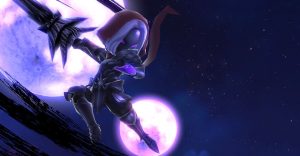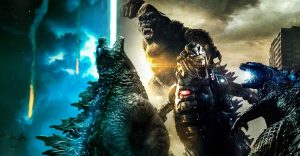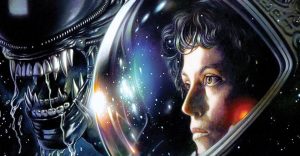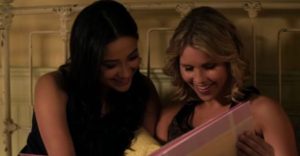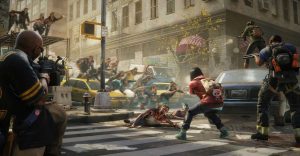The 10 Best X-Men Artists, Ranked
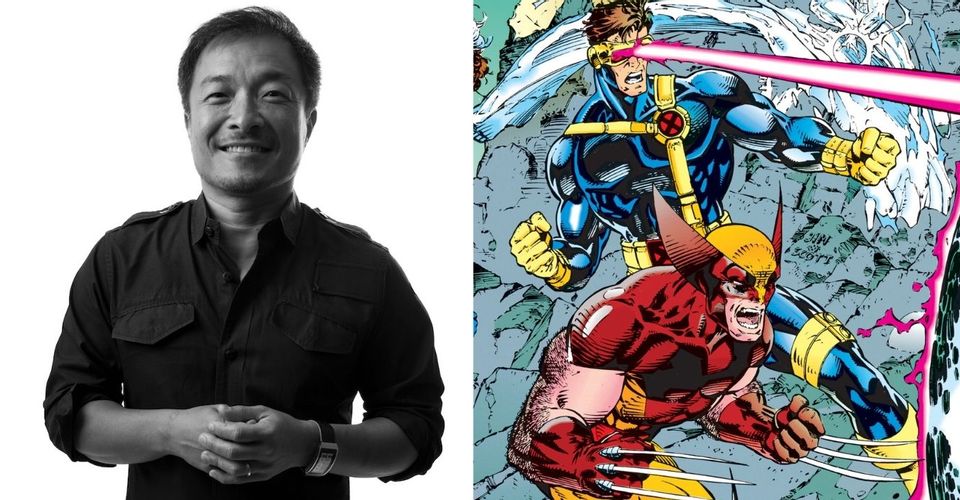
The X-Men’s expansive mythos leaves a lot of space for artistic interpretation. From Jim Lee to Neal Adams, several comic book artists have offered their unique takes on the mutant superteam and their adversaries.
The X-Men’s ensemble includes characters that have changed in appearance and costume with almost every new issue. This has provided more room for diverse art styles. For instance, Storm’s hair length keeps on varying from a long, wavy look to a much shorter cut. Sometimes, Wolverine dons his classic costume but he might just sport a leather jacket on some missions. It is such diversity that has allowed artists to carve their legacy with the X-Men franchise.
10 Art Adams

Art Adams aka Arthur Adams first broke out in the comic book scene with his illustration work on the Longshot limited series. Adams went on to found Legend Comics along with Frank Miller, Mike Mignola, and the aforementioned John Byrne.
Adams’ highly influential art style is characterized by dramatic poses, accessory-heavy costumes, and heavy attention to detail. Despite the detailed rendering, his work on X-Men still retained a slightly cartoonish touch that would remind readers about the classic storylines as well as the seasons of X-Men: The Animated Series.
9 Michael Choi

The artistic genius behind X23: Target X and Uncanny X-Men (#495-499), Michael Choi has been handling the inking, coloring, and penciling of such comics with a dramatic anime-like approach.
Choi’s work is rich in glossy colors while his characters bear realistic expressions. This blend makes his style extravagant and grounded at the same time. While most of his covers follow a painted approach, there is also a sleek touch to his interior work with his characters bearing a CGI-like look.
8 John Byrne

Starting out with The Uncanny X-Men and Fantastic Four, John Byrne has drawn and written for a plethora of Marvel and DC properties. The Dark Phoenix Saga and Days Of Future Past are some of his major X-Men credits which he also co-wrote with Chris Claremont. Both of these are some of the best Marvel comics for essential reading.
His style is a blend of vintage aesthetics from the works of other maestros like Neal Adams and Steve Ditko. An essential part of the X-Men comics of the 1980s, Byrne’s work characterized a significant era of X-Men storylines when the comics began evoking more serious and socially relevant tones.
7 Neal Adams

Neal Adams dominated the world of comics in the 1970s with his realistic portraiture in Batman and Green Arrow comics. As for X-Men, Adams added a more human touch to the X-Men super-villain Magneto (also showing him without his helmet for the first time). He also introduced characters in the franchise like Havok and Sauron.
Even in his 80s, he still continues his artistic pursuits. His most recent work includes variant covers for The Joker and the Batman vs Ra’s Al Ghul miniseries.
6 Clayton Crain

A digital artist par excellence, Clayton Crain’s work on X-Force perfectly suited the dark and antiheroic tendencies of its central team. His muscular figures with defined physical features were often set against acrylic backdrops.
The greyish-black costumes of the team allowed Clayton Crain to contrast the color against red on many occasions. In fact, he even reinterpreted the poster for the ’80s vampire movie The Lost Boys for a variant X-Force cover that included the same color scheme.
5 Dave Cockrum

It was Dave Cockrum who created classic X-Men characters like Nightcrawler, Storm, and Colossus. His artwork brought about a ’70s cinematic style’ to the earliest storylines of the comic series.
Cockrum’s characters made their debut in Giant-Size X-Men but were then relaunched in Uncanny X-Men. Giving each mutant a distinct colored costume along with well-defined features allowed him to create a quintessential X-Men aesthetic that has been reinterpreted by many since then.
4 Bill Sienkiewicz

While comics of the 1980s were largely geometrical or cartoonish, Bill Sienkiewicz incorporated a more surreal and abstract style to his art. He is largely known for his work on New Mutants. This X-Men spinoff dealt with the New Mutants, a team with powerful yet inexperienced members.
Sienkiewicz’s cover paintings and character designs were ahead of their times with the artist making use of mixed media and expressionistic collages.
3 Paul Smith

Even without any formal art education, Paul Smith became one of the prime artists behind the success of The Uncanny X-Men. Issue 173 in particular remains to be his most popular work.
The cover features a crouching Wolverine running with a ski jacket-clad Kitty Pryde. Wolverine’s pose and Pryde’s wardrobe have been subjected to several homages in the future. Another major contribution by Smith was to introduce a punk look for Storm, complete with a black leather jacket and a mohawk.
2 Frank Quitely

Frank Quitely collaborated with artist Grant Morrison for New X-Men, a series that revamped the titular team for new-age readers. Quitely’s style was more realistic because of his use of fine lines and expressive, gritty faces.
The blue-and-yellow X-Men costumes for the characters offered tribute to the original comics. However, the hues were less flashy in Quitely’s work as he inked a darker shade of blue rather than the classic look. It’s such details that allowed Quitely’s X-Men to look stealthier for their missions.
1 Jim Lee

Perhaps best known for his work on DC storylines like Batman: Hush and Superman: Man For Tomorrow, Jim Lee also had a stellar run on X-Men in the 1990s. With Chris Claremont handling writing duties, Lee took over the artwork for an X-Men reboot that debuted in 1991.
The series’ legacy continues as X-Men #1 remains to be the best-selling comic book of all time. Even the character designs for X-Men: The Animated Series were directly inspired by Jim Lee’s art. Currently, Lee also serves as the Chief Creative Officer of DC Comics since 2018.
About The Author












